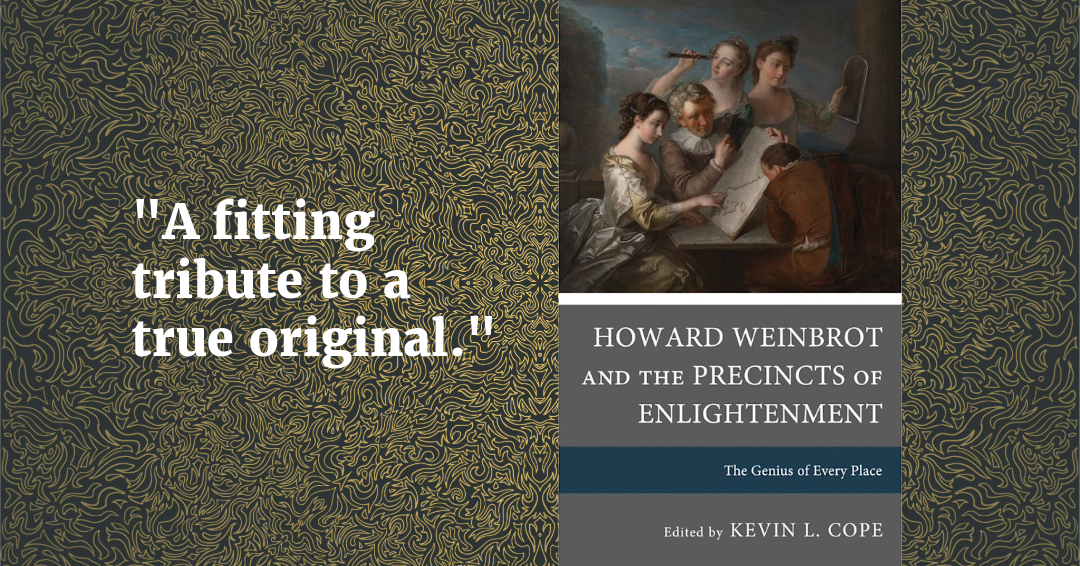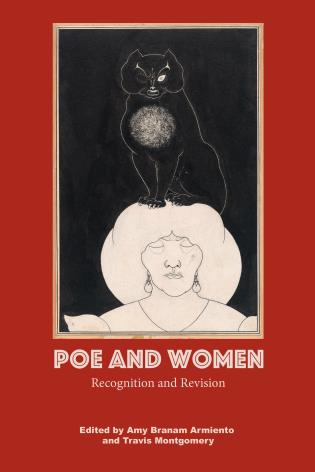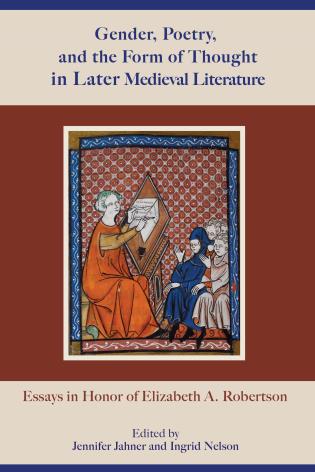Bodies and Identity in Sade and Guibert
Body [in] Parts: Bodies and Identity in Sade and Guibert explores the link between HervÈ Guibert, one of France's most provocative contemporary writers who died of AIDS in 1991, and the Marquis de Sade, the most notorious Enlightenment libertine. In both authors bodies lose their corporeality. They are denied a history through shifting biographies and autobiographies, then lose their physical reality in time. Bodies are objectified and mechanized before being cut up or imprisoned as a way to dehumanize them. Ultimately they become ghosts who haunt the texts. Guibert incorporates Sade into his own works: Sade's staged, brutalized, destroyed bodies become in Guibert unmasked, sexually fantasized, and diseased. Guibert does indeed know Sade's world well, its pleasure linked to suffering, grounded in bodies that lose their identities and ultimately disappear.
Body [in] Parts builds on previous scholarship to examine the interconnection between two authors separated by centuries. Orban's book explores an intertextual link, not previously brought to light, of increasing importance as scholars in many disciplines look at how bodies negotiate space and time. In Guibert's texts, bodies undergo a progressive loss of identity. Initially, identity remains hidden, masked as a means of sexual play, sexual predation, or sexual orientation. Subsequently, the young body loses its identity through disease. In both authors, dis-articulation or absence of speech leads to dismemberment. In Sade, characters' lives are spared only so they can tell their tales. If one does not articulate, one is dis-articulated in his texts. In Guibert, AIDS risks leaving him unable to write or to speak, which becomes the primary concern as his body betrays him. Not being able to speak, not being able to write, being cut up, form a nexus of intersecting imageries in these two authors.
The first chapter explores how both writers bring the realities of their experience to the text. Chapter 2 studies Sade's transgressive sexuality as a model for Guibert's. The next chapter suggests that time becomes a weapon both against and for the body, enemy and ally. Chapter 4 discusses images of prisons in both writers and how telling stories brings freedom. The fifth chapter examines the nature of dismemberment as a trope in the works of Sade, and then looks at the disembodied bodies, the dying body of the AIDS victim, akin to the old body of relatives or of other characters, in Guibert's work.
The first book to explore the link between these two authors, Body [in] Parts will not only interest scholars of both Guibert and Sade but also general readers of gay literature, or issues of corporeality. Orban's text explores the limits of bodies and identities through the prism of two French literary iconoclasts.
![Lehigh University Press - Body [in] Parts](/sites/lupress.lehigh.edu/files/styles/publication_md/public/images/publications/body-parts_0.jpg?itok=G628AKgu)












